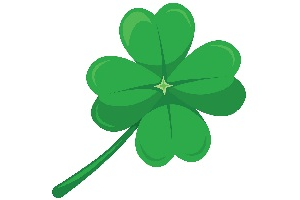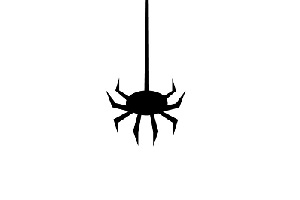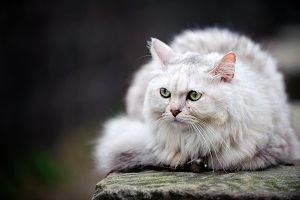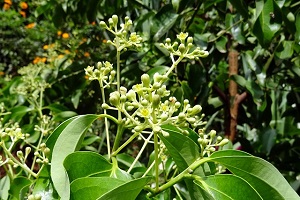The clover is a plant from the genus Trifolium. Also known as trefoil, it is best known for it’s cute looking heart-shaped leaves.
While the clover usually come with 3 leaves (shamrock), once in a while it grows 4 leaves.
This rare growth totally transcends it’s status as an adorable plant to a lucky one.
The 4 leaves representing the quartet of love, faith, luck and hope.

It’s reputation for attracting good luck is not just limited to specific regions or cultures. But is widely acknowledged across various cultures and geographic areas.
So much so that it has earned a number of pretty affectionate nick names such as:
- Lucky clover
- Lucky leaf
- Good luck plant
- etc
Even though the reputed rarity of 4-leaf clovers is reputed to be 1 in 10,000. Experts in horticulture put the number closer to 1 in 5,000. The latter is still a low probability nevertheless.
Some people actually claim that ratio to be nearer towards 1 in 200,000… which is quite a stretch.
Whether the “extra” leaf is a genetic mutation caused by environmental issues or simply down to natural oddity is up to debate.
Yet as early as medieval times, 4 leaf clovers were used by people as a good luck charm and in rituals that call for blessings.
It must be said however that even though the clover is also used in some TCM remedies, it’s symbolism and association with good fortune leans more towards western culture.
For example, it was believed during ancient times that the bearer of the rare four-leaf clover enables ones to see fairies and identify people with ill-intentions.
So widespread is the good nature of clover symbolism that even today, movies and TV series still play out scenes of characters coming across clovers that signify a dramatic turn of luck towards the better.
The most notable celebrity clover carrier that comes to mind is the Good Luck Bear from the Care Bears cartoon series who has the symbol of the 4-leaves clover on it’s belly.
When beautiful green clovers appear in dreams, it is a sign that good fortune is on the way. But if the clovers are not in pristine condition, it means that one would soon make a decision that he or she would regret for a long time.
When a serpent such as a snake is rustling it’s way through a field of clover, it’s a dream that foretell disappointments… especially in the aspects of love and relationships.
The well-loved plant is also a mainstay in jewelry design. And thus, is carried around by a lot of people as a personal emblem for good luck in the form of bracelets, pendants and rings.
This is precisely what it is mostly used for in symbolic feng shui. As a totem, talisman or emblem in the practice of personal feng shui.
If clovers are brought into the house, maybe via a painting or as real plants, they are most suitable for the east or southeast corners of the living space.
This is because these are wood sectors which complement the elemental nature of the clover plant.
Otherwise, it can also be placed near a window among other plants to fend off sha chi in view.















